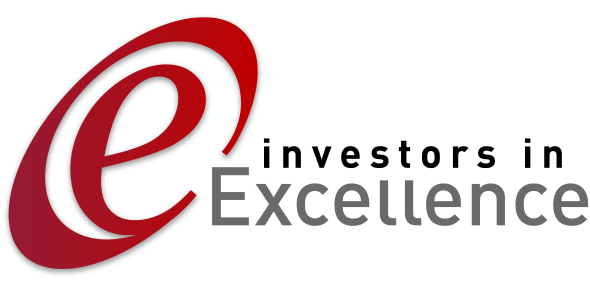 The Balanced Scorecard management system was developed in the early 1990s by Robert Kaplan and David Norton from the Harvard Business School. The key problem that they highlighted for businesses was that many organisations tended to manage their operations based solely on a set of financial measures. Whereas that may have worked well previously, the pace of business in more modern times calls for more comprehensive measures. Whilst financial measures are necessary, they can only report what has happened in the past — historically where a business has been, but not show where it is headed. They commented “It’s like driving a car by looking in the rear view mirror.”
The Balanced Scorecard management system was developed in the early 1990s by Robert Kaplan and David Norton from the Harvard Business School. The key problem that they highlighted for businesses was that many organisations tended to manage their operations based solely on a set of financial measures. Whereas that may have worked well previously, the pace of business in more modern times calls for more comprehensive measures. Whilst financial measures are necessary, they can only report what has happened in the past — historically where a business has been, but not show where it is headed. They commented “It’s like driving a car by looking in the rear view mirror.”
To provide a management system better suited to dealing with the new business pace and to meet the needs of providing managers with the information required to make better decisions, Kaplan and Norton developed the Balanced Scorecard. It is more than a simple measurement system.
Yes, measurement is a key aspect of the Balanced Scorecard, but it is much more than just measurement; it is a means to setting and achieving the strategic goals and objectives for your organization.
This management system has four legs, comprising four distinct business perspectives:
- The Customer Leg
- The Financial Leg
- The Internal Business Process Leg
- The Knowledge, Education, and Growth Leg
These four legs of the Balanced Scorecard are all addressed across the elements of the Investors in Excellence Standard. In turn, consideration is given to how your organisation approaches Leading, Resourcing, Delivering, and Achieving its goals and strategic plans. The process needed for excellent outcomes within your organisation is what underpins the satisfaction of customers, people, and other stakeholders.
The four legs of the Balanced Scorecard have to be measured, analyzed, and continuously improved in order for your organisation to thrive. Ignoring any one of these four legs will lead to a loss of control and you will overbalance. IiE can help facilitate a level approach for the long term.
